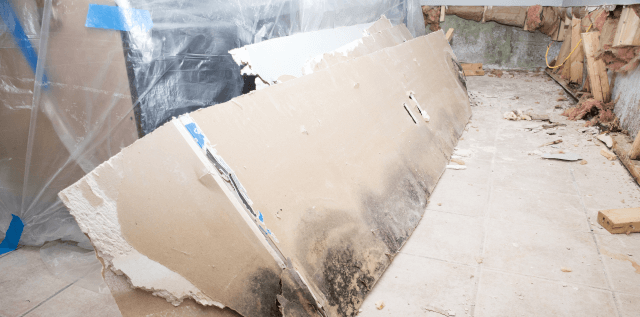
Mold in basement floor can be a common issue for homeowners. In this article, we will explore the causes of mold growth in basements and provide solutions to effectively tackle this problem. Keep reading to learn how to address and prevent mold in your basement floor.
Dealing with Mold Growth on Basement Floors: A Comprehensive Guide
Dealing with Mold Growth on Basement Floors: A Comprehensive Guide
When it comes to mold growth on basement floors, it is crucial to take immediate action. Basements are particularly vulnerable to mold growth due to their high moisture levels and lack of ventilation. If left untreated, mold on basement floors can not only cause structural damage but also pose serious health risks to you and your family.
The first step in dealing with mold growth on basement floors is to identify the source of the moisture. Common culprits include leaks, flooding, or poor drainage. Once the source is identified and fixed, the next step is to thoroughly clean and disinfect the affected area.
Wearing protective gear such as gloves, a mask, and goggles is essential when cleaning mold. Use a mixture of water and detergent to scrub the affected area, then rinse with clean water. For stubborn mold growth, consider using a specialized mold removal product.
After cleaning, it is important to prevent future mold growth by ensuring proper ventilation in the basement, fixing any leaks promptly, and maintaining optimal humidity levels. Regular inspections and cleaning can help you keep mold at bay and ensure a healthy environment in your home.
Frequently Asked Questions
How can I determine if the mold on my basement floor is dangerous?
You can determine if the mold on your basement floor is dangerous by conducting a professional mold assessment or testing to identify the type of mold present and assess any potential health risks.
What are the potential health risks associated with mold in the basement floor?
The potential health risks associated with mold in the basement floor include respiratory issues, allergies, skin irritation, and exacerbation of asthma symptoms. Mold spores can be released into the air and cause health problems when inhaled or come in contact with the skin. Regularly inspecting and addressing any mold growth in the basement floor is crucial for maintaining a healthy indoor environment.
Are there specific solutions recommended in Mold Solutions Guide for addressing mold on basement floors?
Yes, the Mold Solutions Guide recommends using anti-microbial cleaners and sealants for addressing mold on basement floors.
Can mold on the basement floor spread to other areas of the house?
Yes, mold on the basement floor can spread to other areas of the house if left untreated.
How can I prevent mold from coming back after following the recommendations in Mold Solutions Guide?
To prevent mold from coming back after following the recommendations in Mold Solutions Guide, it is important to maintain proper ventilation, control humidity levels, fix any leaks promptly, and regularly inspect for any signs of mold growth.
In conclusion, mold in basement floor can pose serious health risks and structural damage if left untreated. It is crucial to address the issue promptly by identifying the root cause and implementing effective mold solutions. Remember, prevention is key to maintaining a safe and healthy indoor environment for you and your family. Stay proactive and vigilant in your efforts to keep mold at bay.
![]()